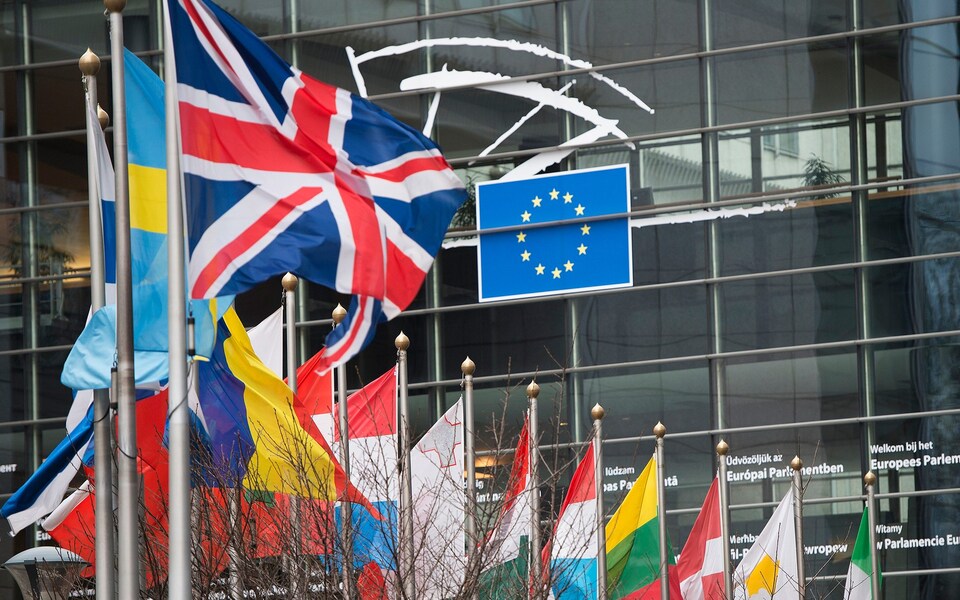Russia's Federal Security Service (FSB) has been using a Serbian agent, Novica Antić, to infiltrate EU institutions and spread pro-Kremlin talking points about the invasion of Ukraine, Politico reported, citing a Western intelligence briefing.
According to Politico, Antić, the chair of the Serbian Military Trade Union, has held meetings with European officials, including Members of the European Parliament (MEPs) such as German Greens lawmaker Viola von Cramon-Taubadel, Italian Socialists & Democrats lawmaker Alessandra Moretti and Slovakian conservative EPP Group member Vladimír Bilčík. There is no indication that these MEPs were aware of Antić's FSB links during their meetings, the outlet added.
Antić also reportedly met with representatives of the EUROMIL and EPSU trade unions, which represent armed forces personnel and public services employees in the European Union, respectively. An EPSU official stated that their meeting with Antić was transparent and focused solely on trade union rights. EUROMIL President Emmanuel Jacob mentioned that the organization could temporarily suspend Serbia's observer status pending clarification of any possible ties with Russian authorities.
The intelligence briefing highlights Antić's close collaboration with FSB associate Vyacheslav Kalinin, editor-in-chief of Veteran News, a media website with ties to Russia's security forces. The briefing also notes that Russia is using Serbia as a launchpad for influence operations aimed at weakening pro-EU and pro-NATO sentiment, with Antić using his position to criticize Serbian President Aleksandar Vučić and senior members of the country's armed forces.
Antić is currently being detained on unspecified charges, and he has been dismissed from Serbia's military twice in the past five years, according to Balkan Insight.
Read also:
- From Soviet flags to TikTok stars: How Russia poisons Italy across generations
- Putin dusts off Ukraine playbook for Moldova
- UK MP: Germany leak of UK military tactics in Ukraine security breach worrying on many levels





